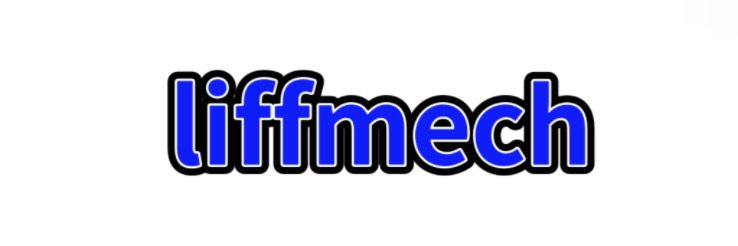Choosing Ductile Cast Iron Pipe Fittings: A Complete Guide
Apr. 15, 2025
When it comes to infrastructure projects, choosing the right materials is pivotal for ensuring long-lasting and reliable operations. Ductile cast iron pipe fittings have emerged as a popular choice for various applications, particularly in municipal water and wastewater systems. This article serves as a comprehensive guide to understanding the current landscape of purchasing ductile cast iron pipe fittings, along with tips to help you make informed decisions.
Contact us to discuss your requirements of ductile cast iron pipe fittings. Our experienced sales team can help you identify the options that best suit your needs.
Ductile cast iron is a high-strength material that offers enhanced flexibility and durability compared to traditional cast iron. It possesses excellent tensile strength and ductility, which allows it to withstand external pressures and stress without fracturing. As cities and industries grow, the demand for ductile cast iron fittings continues to rise, driven by its application in water distribution, sewage systems, and other essential infrastructure.
When purchasing ductile cast iron pipe fittings, several factors come into play. First and foremost is compliance with industry standards. In many regions, ductile iron fittings must meet specific ANSI/AWWA (American National Standards Institute/American Water Works Association) standards to ensure they are suitable for water and wastewater applications. Understanding local regulations and requirements is crucial, as it can affect not only the choice of fittings but also the overall project budget and timeline.
One significant trend in the ductile cast iron fittings market is the increasing focus on sustainability. Many suppliers now prioritize environmentally friendly practices throughout their manufacturing processes. This includes utilizing recycled materials, reducing waste, and lowering carbon footprints. Buyers seeking sustainable options should inquire about a supplier’s environmental certifications and practices. Selecting fittings from a company that prioritizes sustainability can enhance an organization’s reputation and align with corporate social responsibility goals.
Quality control is another critical aspect of purchasing ductile cast iron fittings. Buyers should seek suppliers with stringent testing and quality assurance processes to ensure the product’s reliability and longevity. Look for manufacturers that perform rigorous inspections, including pressure testing, dimensional checks, and metallurgical testing. Verification of certificates showing compliance with industry standards can provide additional assurance of product quality.
Additional reading:How Essential Is the 8 Bar Ductile Flange Adapter?
7 Essential Facts About Ductile Iron Gate Valves in Japan
Cost is often a significant factor in any procurement decision. While ductile cast iron fittings tend to have a higher initial purchase price than alternatives like PVC or HDPE, their longevity, resistance to corrosion, and low maintenance needs can make them a more cost-effective option in the long run. It is essential to conduct a total cost of ownership analysis, considering not only the purchase price but also installation, maintenance, and replacement costs over the expected lifespan of the fittings.
Additionally, it’s beneficial to engage with suppliers who offer comprehensive support and guidance throughout the purchasing process. Reputable suppliers often provide assistance in selecting the appropriate fittings, recommending solutions tailored to specific project needs. They may also offer training on proper installation techniques, which can further prevent future issues.
In the era of globalization, many buyers are looking beyond domestic suppliers to regions with competitive pricing and advanced manufacturing capabilities. However, this also necessitates careful consideration of logistics, delivery times, and potential regulatory hurdles associated with importing products. Always vet potential international suppliers thoroughly, checking references and their track record regarding quality, delivery, and service.
Lastly, staying connected with trends and innovations in the ductile cast iron industry can provide buyers with valuable insights. Regular participation in industry conferences, webinars, and trade shows allows buyers to network with suppliers, learn about the latest advancements, and make more informed purchasing decisions.
In conclusion, the acquisition of ductile cast iron pipe fittings is a nuanced process that requires careful consideration of multiple factors, including compliance, sustainability, quality control, and cost. By staying informed and engaging with reliable suppliers, buyers can ensure they make choices that support the integrity and longevity of their infrastructure projects.
For more di pipe fittingsinformation, please contact us. We will provide professional answers.
7
0
0

Comments
All Comments (0)